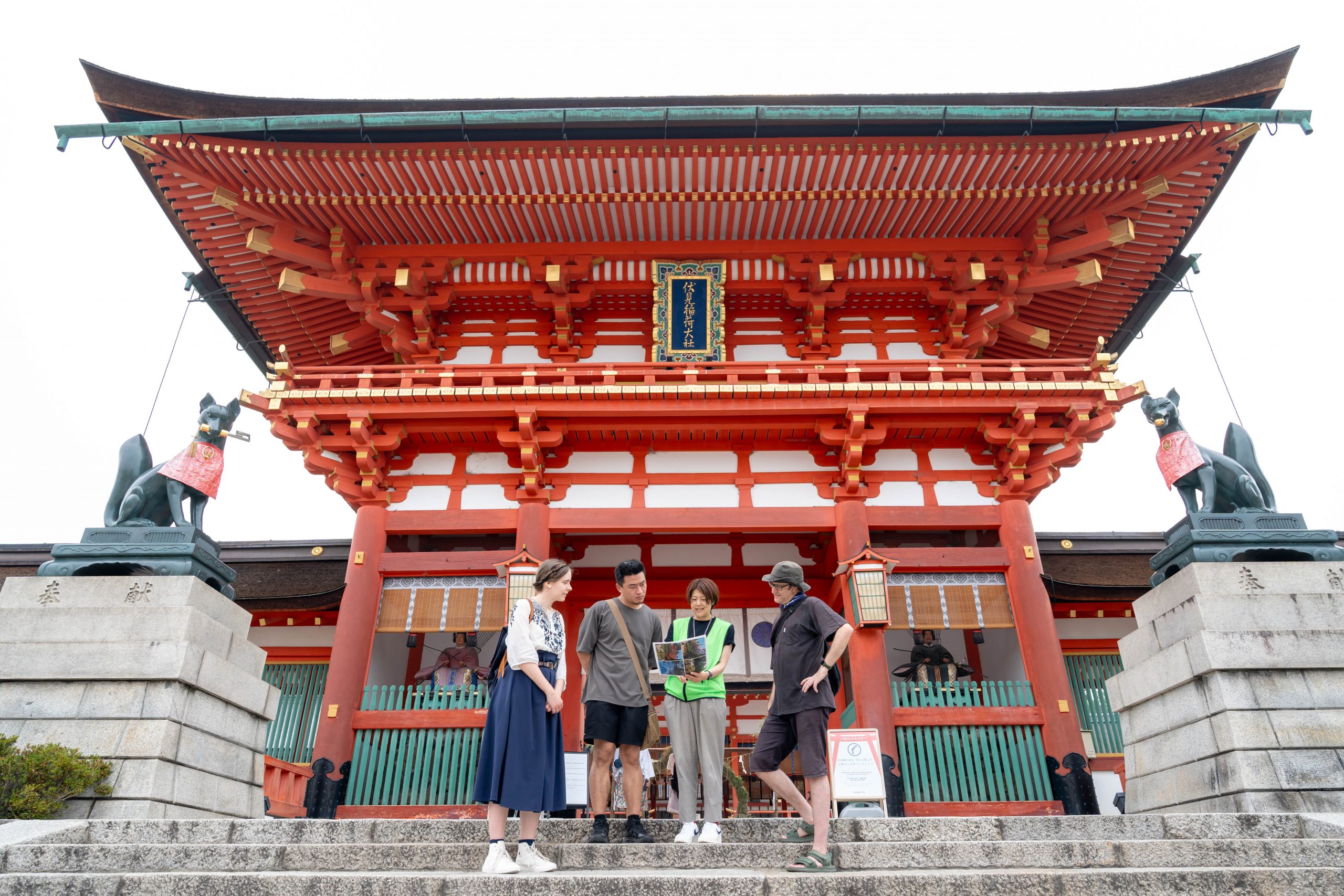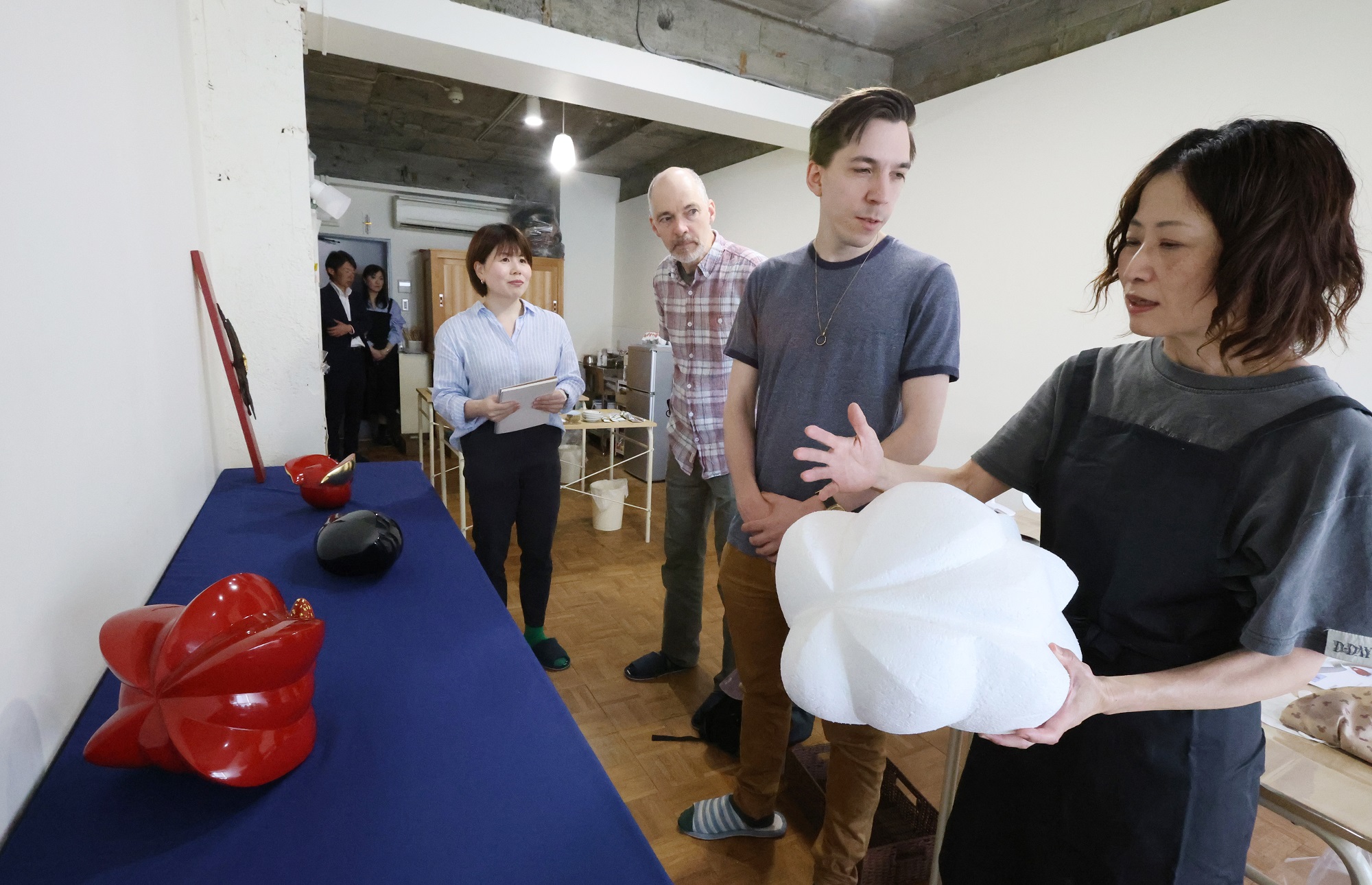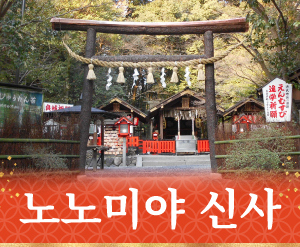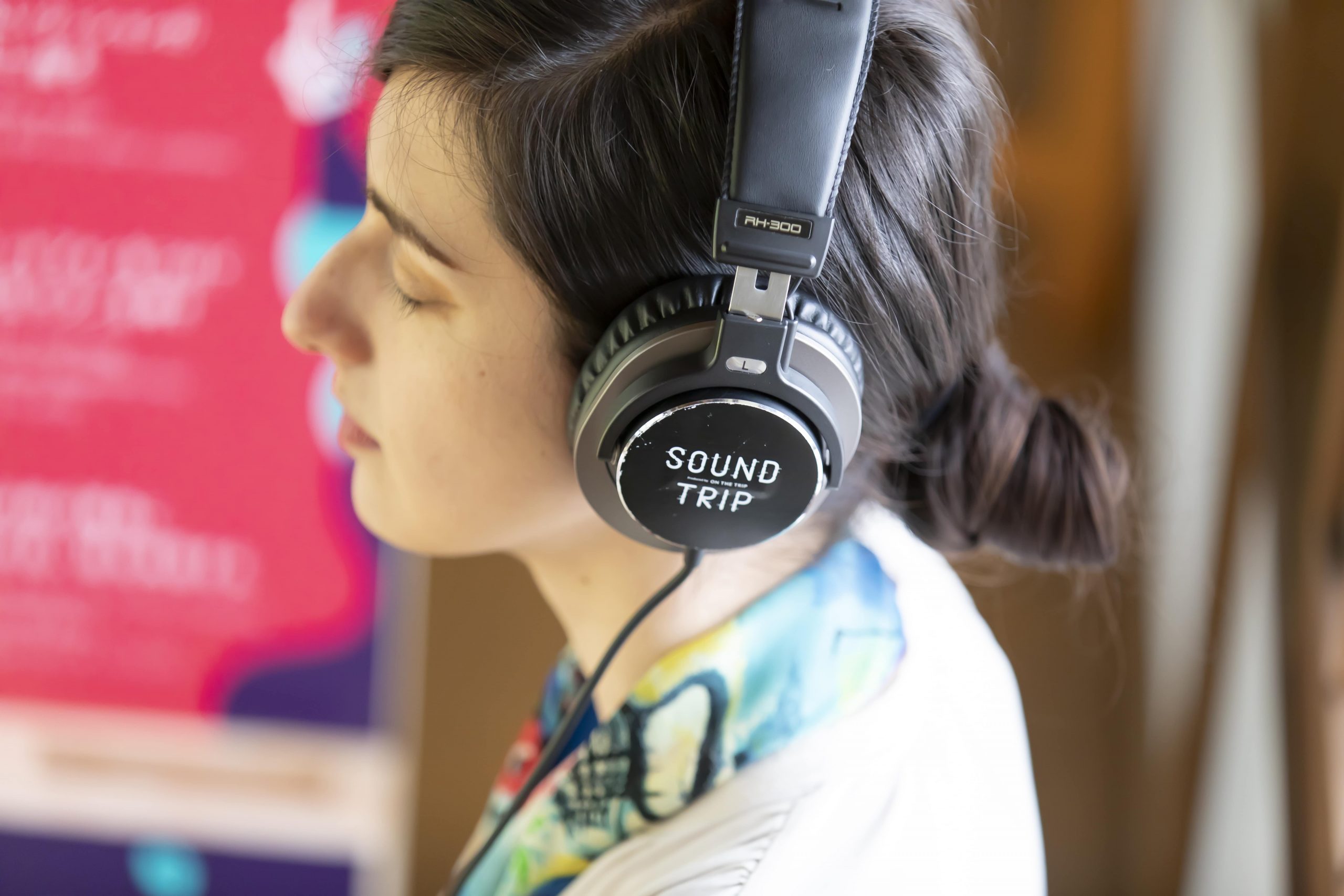
당신의 영혼을 순례하는 3막짜리 사운드트랙
천년의 수도 교토는 수많은 신들이 다스리는 고대 도시로, 수많은 부처가 가르침을 전수해 왔습니다. 우아한 귀족 그림 두루마리, 무사의 흥망성쇠, 그리고 마을 사람들의 겸손한 기도가 얽히고설킨 풍부한 이야기들이 펼쳐집니다. 이러한 이야기들은 교토의 사찰과 신사를 무대로 펼쳐졌으며, 이제 SOUND TRIP은 산젠인, 미부데라, 그리고 기후네 신사와 같은 가장 유명한 사찰에서 펼쳐집니다. 이 세 곳을 방문하시면 특별히 마련된 부스에 앉아 헤드폰을 끼고 주변 세상을 차단하세요. 온몸을 휩쓸고 지나가는 소리에 귀를 기울이세요. 어지러움이 느껴지고 감각이 조금씩 흐릿해집니다. 현실이 천천히 마음속에 저장된 이미지와 기억과 합쳐지고, 마음의 눈으로 음악을 듣기 시작합니다. 이것이 바로 깨달음일까요? 헤드폰을 통해 들리는, 마음속 깊은 곳에서 아주 조용히 울려 퍼지는 그 소리가 바로 당신 자신의 목소리일 수 있을까요? SOUND TRIP은 이야기가 담긴 음악을 만드는 것입니다. 당신은 영혼으로 향하는 순례길에 올랐고, 이 사운드트랙이 바로 그 사운드트랙입니다.
SOUND TRIP 사용 방법
- 참여하는 사찰이나 신사에서 특별한 목적의 SOUND TRIP 부스에 앉아보세요.
- 지정된 상자에 기부금(300엔)을 넣어주세요.
- 헤드폰을 끼고 재생 버튼을 누르세요
- 당신 앞에 펼쳐지는 소리와 풍경을 따라가는 여행

【1막】산젠인
부처님께 찬탄하고 기도드리자 - 고요한 숲 속에서 듣는 불교 찬가
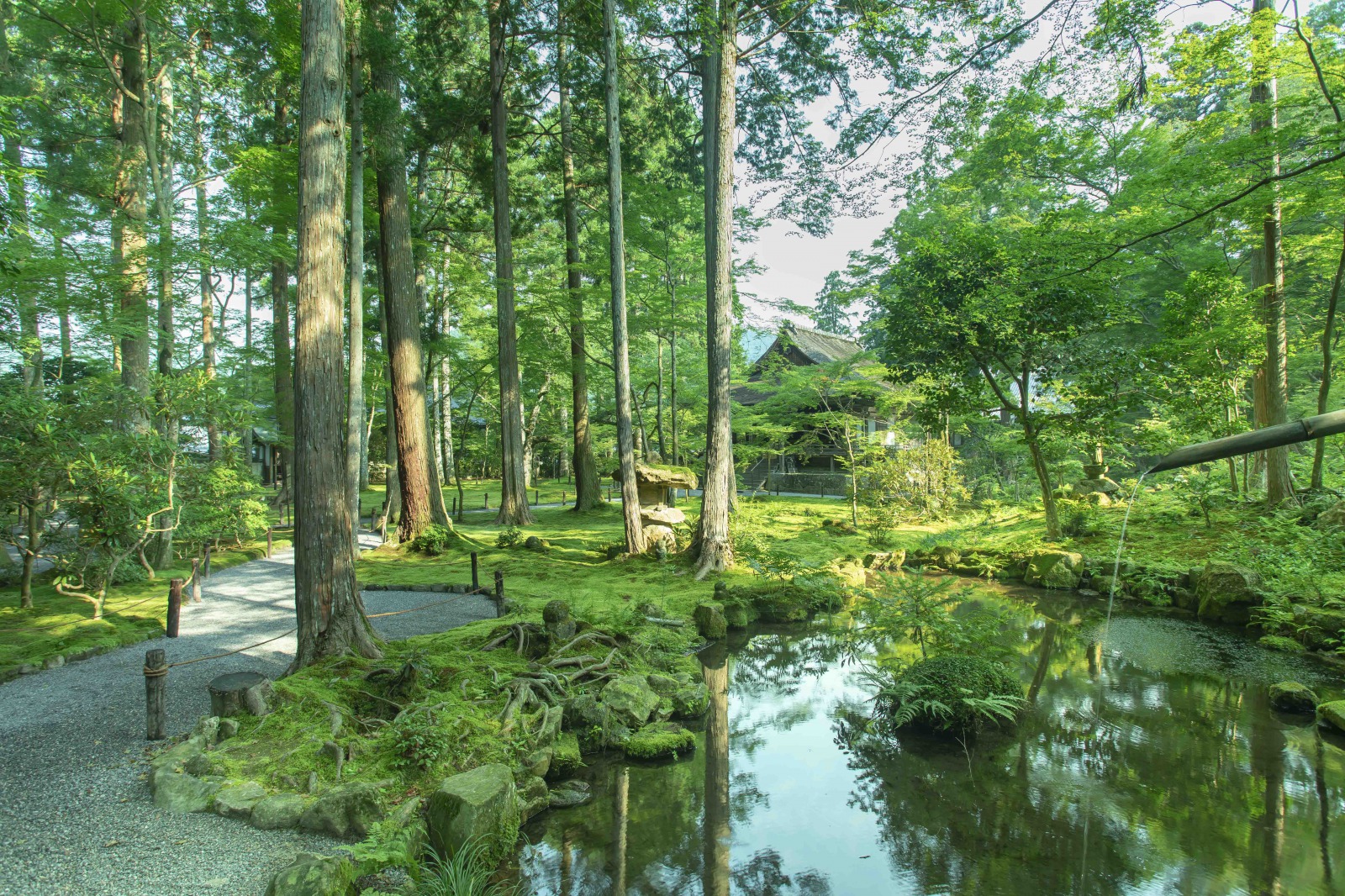
자연과 찬송이 공명하여 “한 순간에 삼천 세계를 시각화”합니다.
산젠인은 일종의 순회 사찰입니다. 860년에 창건된 이후 여러 차례 이전을 거쳤는데, 히에이산 기슭의 사카모토와 교토의 무라사키노 경내를 거쳐 메이지 시대(1868-1912)에 오하라의 현재 위치에 자리 잡았습니다.
산젠인(三禅院)의 이름은 천태종의 원리인 "이치넨산젠(一円三禅)"에서 유래했습니다. 이 원리는 매 순간 마음의 움직임 속에 삼천 가지 세계(즉, 모든 것)가 존재한다는 것입니다. 다시 말해, 우리 각자의 마음에는 삼천 가지 세계가 있으며, 그 움직임과 표현은 모두 다릅니다. 이 원리를 현대적 관점에서 다시 생각해 보겠습니다. 소셜 미디어를 통해 우리는 인간의 다양한 의견을 목격합니다. 어떤 것도 두 사람에게 동일한 감정을 불러일으킬 수 없습니다. 마치 산젠인(三禅院)의 이름이 유래한 이 불교 원리가 우리 마음에 세계가 존재한다는 것을 언어로 표현함으로써 현대 소셜 미디어 사회의 도래를 예견한 것 같습니다.
산젠인을 거닐다 보면 이 원리의 의미를 새삼 깨닫게 됩니다. 거대한 숲, 숲기슭에서 숨 쉬는 작은 이끼, 새소리, 물소리, 바람소리, 나무들의 속삭임, 그리고 우리에게 정토의 기쁨을 일깨워 주는 자비의 여신 관음의 은은한 미소, 즉 크고 작은 수많은 세계가 한순간의 마음에서 뿜어져 나와 모두 연결되어 있습니다.
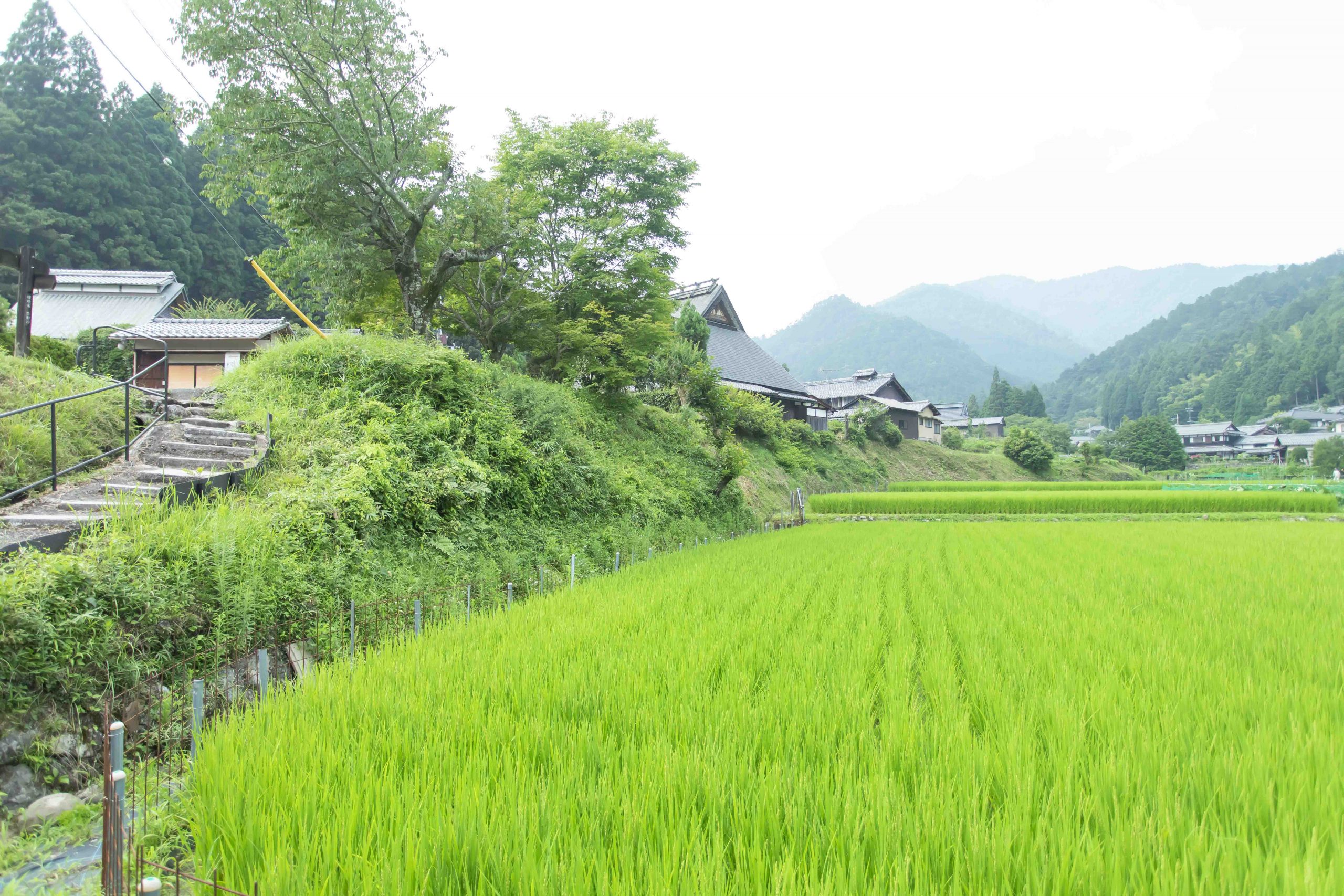
오하라는 역사적으로 수도에서 전쟁을 피해 도망치는 여성과 군인들의 휴식처이자 안식처였습니다. 그러한 인물 중 한 명은 헤이안 시대(794-1185)의 재상 타이라노 기요모리의 딸이자 다카쿠라 천황의 비인 겐레이몬인이었습니다. 그녀는 타이라 무사 가문이 멸망했을 때 교토에서 추방된 후 이곳 오하라에서 은둔 생활을 했습니다. 헤이안 시대와 가마쿠라 시대(1185-1333)에는 이러한 삶의 무게에 절망한 많은 황실, 귀족, 무사, 문인들도 오하라 마을로 이주하여 숨어 살았습니다. 또한 오하라는 교통의 중요한 요지였습니다. 이 마을은 교토와 와카사(교토와 한반도 사이의 무역항)를 잇는 와카사 가도의 물류 중심지로 번성했습니다. 현대적으로 말하면 오하라는 주요 교통 회랑에 있는 위성 도시와 같았으며, 출장객과 화물 트럭이 끊임없이 오갔습니다.
무엇보다도 오하라는 천태종 쇼묘(불교 찬송)의 발상지이자, 유즈넨부츠(柳津念仏) 종파의 창시자인 료닌(良仁)이 건립한 찬송당이 있는 곳입니다. 노래처럼 경전을 읊는 것은 아마도 불교식 찬가일 것이며, 아름다운 음악에 맞춰 불경을 읊는 것은 불교의 가르침을 대중에게 전파하는 데 도움이 되었다고 전해집니다. 찬송당에 울려 퍼지는 장엄한 목소리는 수 세기 동안 귀족, 무사, 그리고 대중 모두에게 위안과 구원, 그리고 평화의 원천이 되어 왔음이 분명합니다.
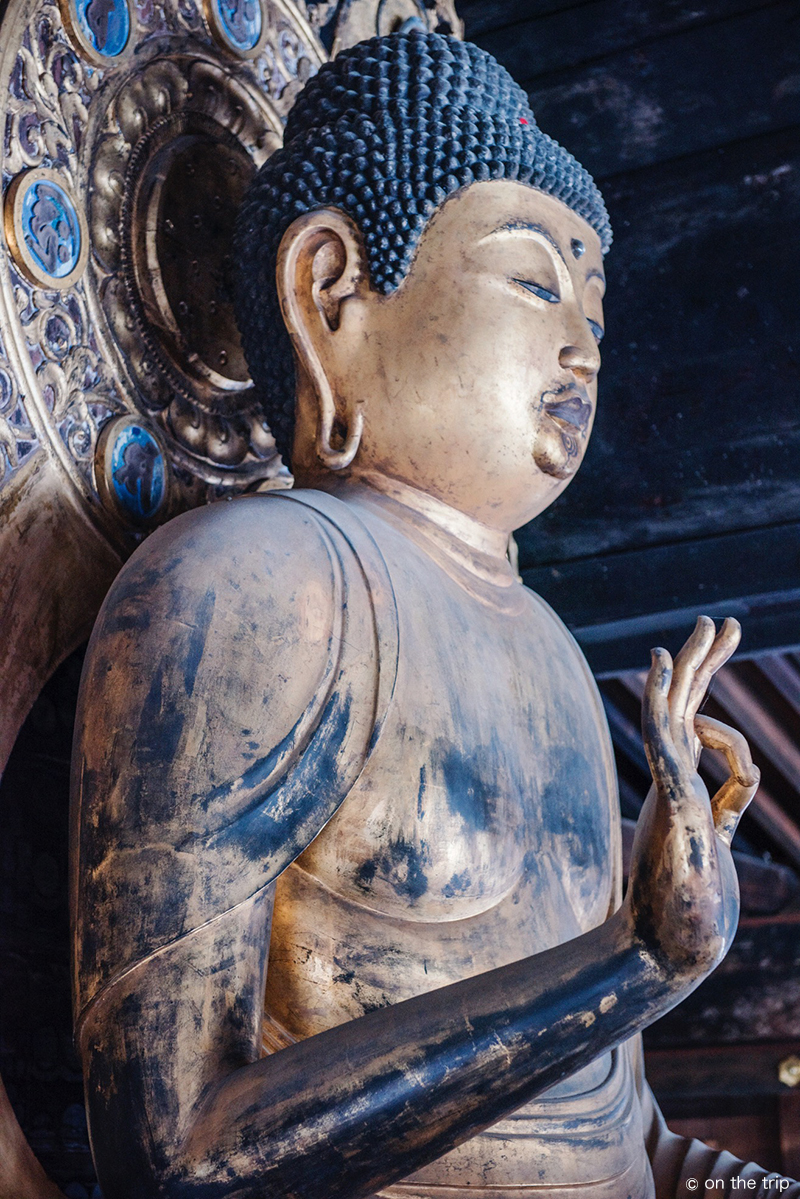
오하라에는 또 다른 위안의 존재가 있습니다. 바로 아미타불입니다. 기근, 역병, 전쟁으로 얼룩진 격동의 시대에, 말법시소(末法時草), 즉 "말법(末法)"이라는 개념이 대중의 사고방식에 널리 퍼졌습니다. 말법은 불교 가르침의 종말, 무질서한 세상, 혹은 세상의 종말을 의미합니다. 그 어두운 시대에 아미타불은 내세에서 구원을 찾는 사람들의 마음을 편안하게 해 주었습니다. 그들은 아미타불이 염불하는 사람은 누구나 정토에 들어갈 수 있다고 약속하는 신앙과 그 차별 없는 사상을 받아들였습니다. 구원은 더 이상 수행에 전념하고 깨달음을 얻은 엘리트 승려들만의 영역이 아니었습니다.
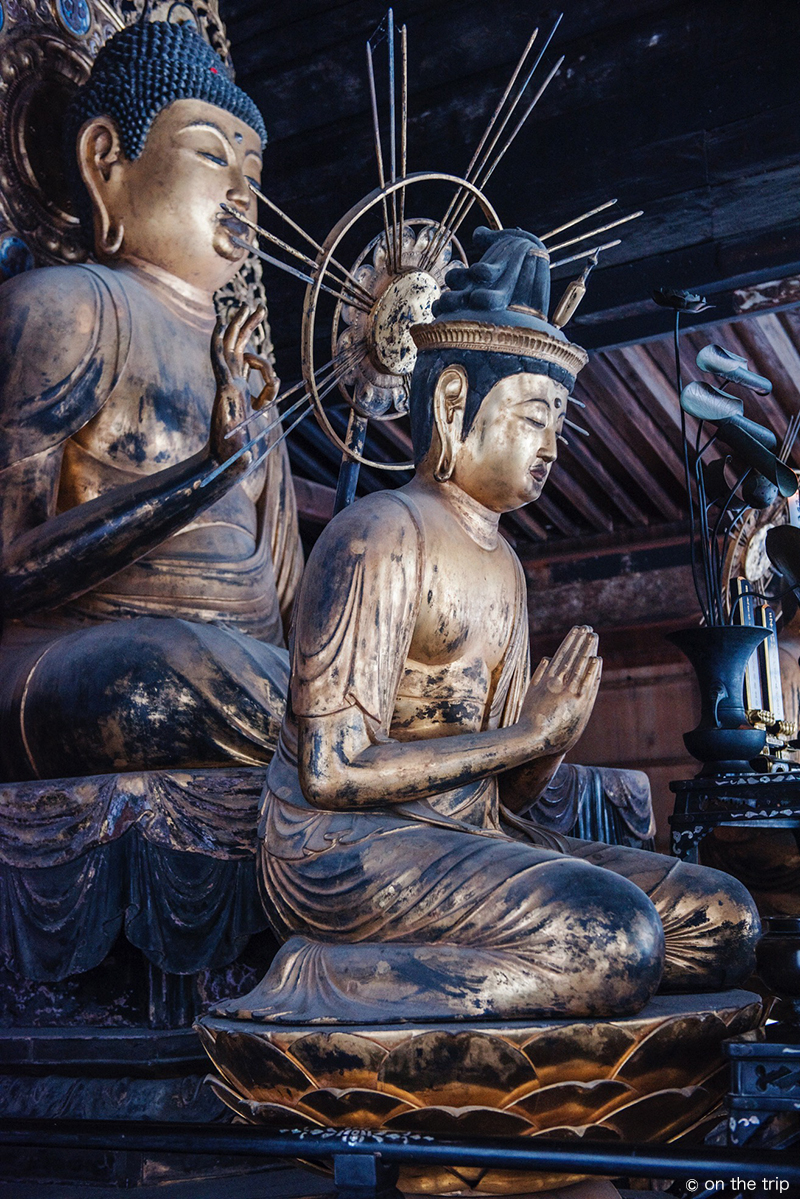
팬데믹, 끝없는 전쟁, 경제적 불평등으로 불확실한 이 시대에 우리는 중세 시대 사람들과 우리 자신 사이에 많은 유사점을 발견할 수 있습니다. "종말"의 도래에 대한 대중의 두려움을 달래준 아미타불교의 민주적 본질은 우리 사회의 인터넷과 소셜 미디어와 크게 다르지 않습니다. 한 유명인이나 슈퍼스타가 대화를 독점하는 대신 익명의 사람들에게 목소리를 부여하는 방식이 그 예입니다.
수 세기 동안 사람들의 영혼에 고요함을 가져다준 오하라 마을은 일상의 소음을 뒤로하고, 사색에 잠기고, 내면의 목소리에 귀 기울이며 새로운 길을 개척하기에 이상적인 곳입니다. 산젠인 사원을 비롯한 오하라 지역의 여러 곳에서 '사운드 트립 교토 오하라 지도'를 이용할 수 있습니다. 마을의 다른 명소들을 방문하고 오하라의 고요한 소리를 더욱 깊이 경험하며 마을에서 보내는 시간을 최대한 활용하세요.
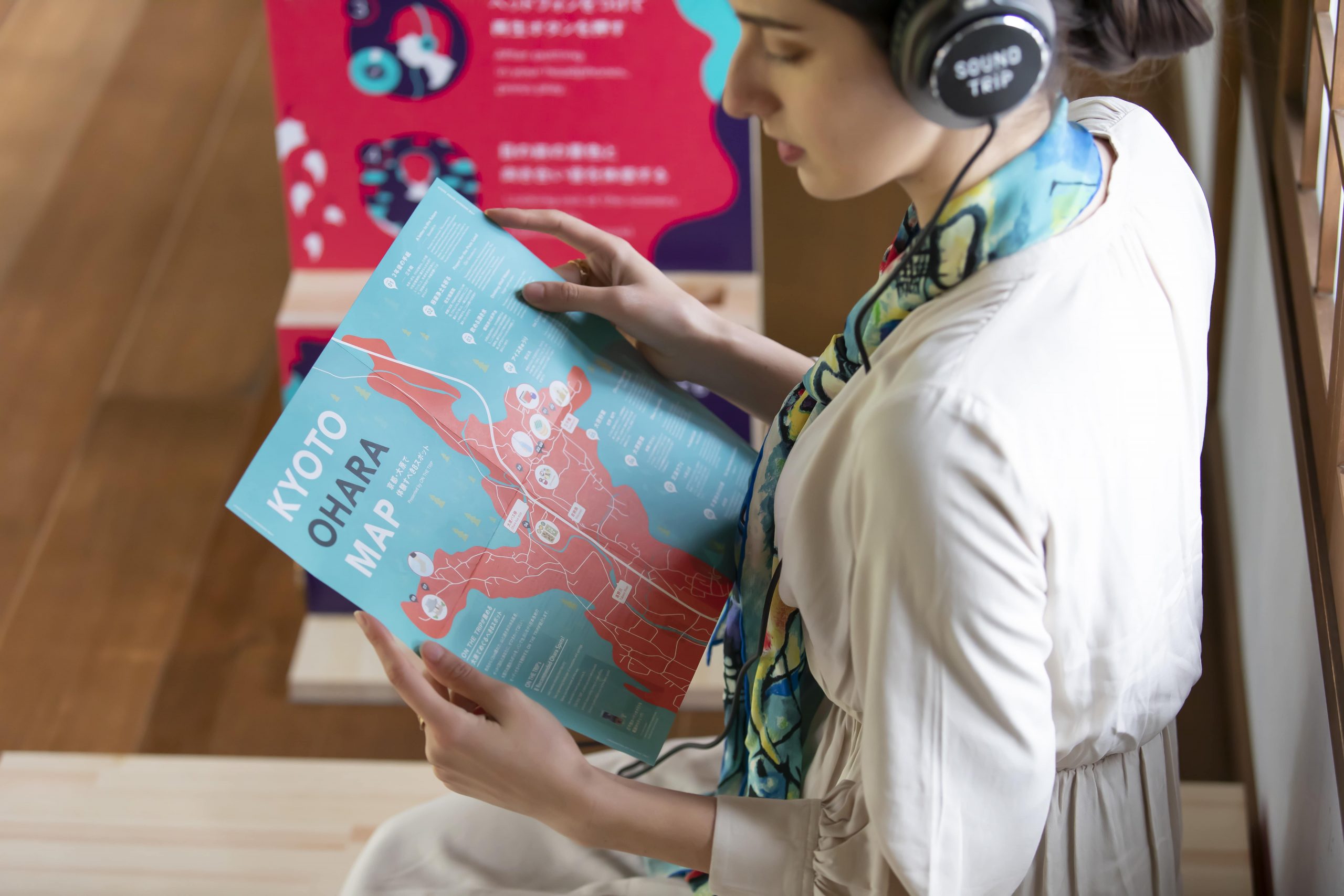
산젠인 사원 정보
산젠인은 엔랴쿠 시대(782~806)로 거슬러 올라갑니다. 천태종 창시자 사이초가 엔랴쿠지를 창건할 때 히에이산의 거대한 배나무 아래에 세운 오두막에서 오랜 역사가 시작되었습니다. 오미 사카모토와 교토의 여러 곳을 거쳐 여러 곳으로 옮겨간 후, 메이지 시대(1868~1912)에 오하라에 자리를 잡았습니다. 오조고쿠라쿠인(王曾極楽院)에 있는 아미타삼존상은 국보로 지정되어 있습니다. 이 사찰은 또한 와라베 지조 (이끼 정원에 있는 어린아이 같은 불상들)
주소: 교토시 사쿄구 오하라 라이고인초 540
영업시간 : 매일 오전 9시 ~ 오후 5시 (11월은 오전 8시 30분 ~ 오후 5시, 12월 ~ 2월은 오전 9시 ~ 오후 4시 30분)
입장료 : 일반 700엔, 중고생 400엔, 초등학생 150엔
문의: 075-744-2531
호리카와 요시(Yoshi Horikawa)의 쇼묘(Shomyo)
-산젠인에서만 들을 수 있는 음악
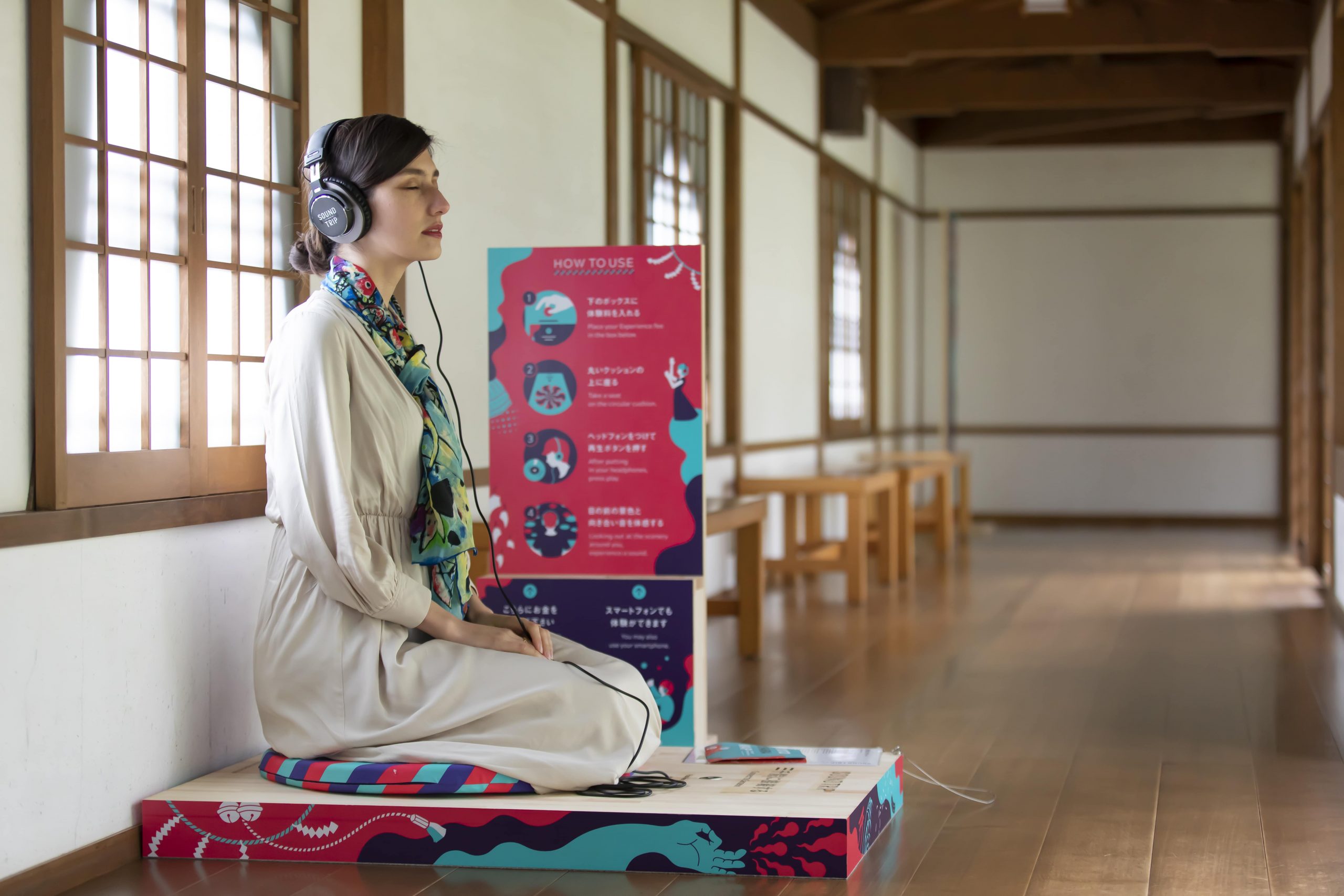
오하라(천태종 쇼묘)의 발상지. 이곳 산젠인에서는 불교 찬송가와 오하라의 소리(지저귀는 새소리, 졸졸 흐르는 시냇물 소리, 그리고 여러 세대에 걸쳐 승려들이 찬송을 읊어 온 폭포, 오토나시노타키)를 혼합한 음악 콜라주인 쇼묘를 감상할 수 있습니다. 이 작품은 정토 입문의 희망과 미래에 대한 기도를 주제로 합니다.
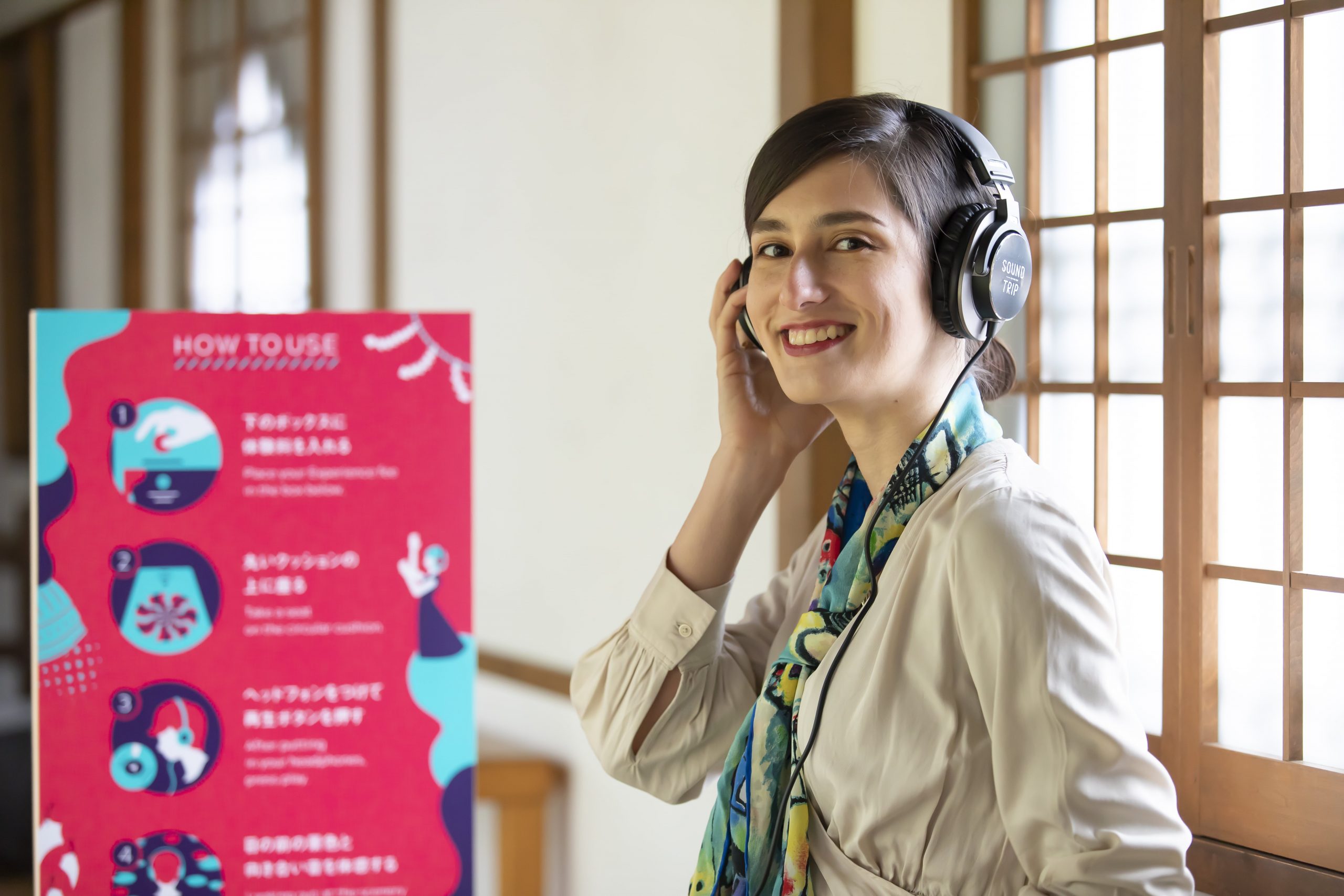
눈앞에 격자창이 수십 개의 작은 액자가 줄지어 늘어선 듯한 느낌을 줍니다. 열린 창문에서 들어오는 부드러운 빛과 상쾌한 바람이 피부를 어루만집니다. 창 너머로는 물과 푸른 하늘, 그리고 햇살이 하나로 어우러진 아름다운 정원이 펼쳐집니다. 마치 그 자체로 자연의 랩소디를 연주하는 듯합니다.

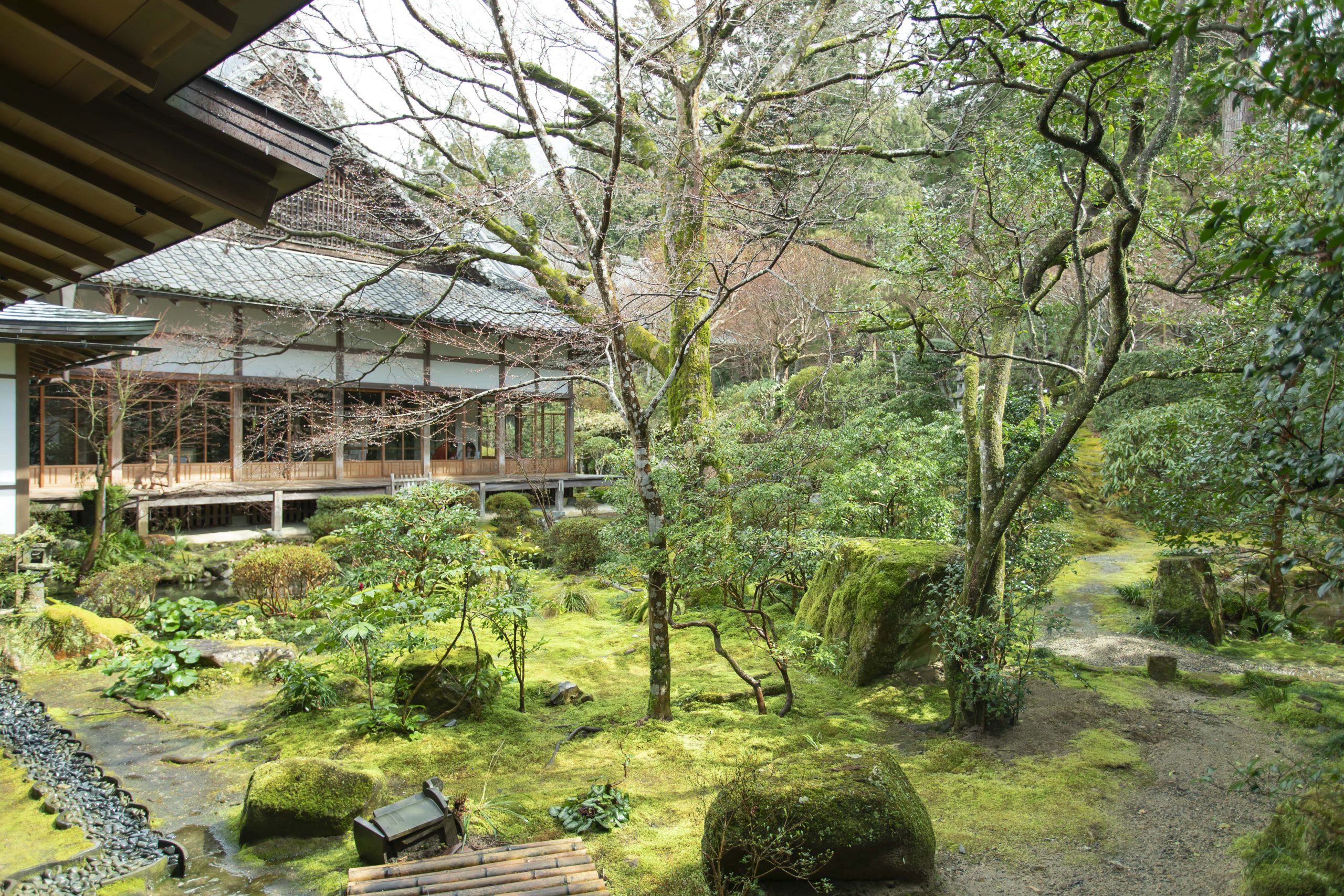
일연삼선(一年三禪)의 이름을 딴 산젠인(三禪院)에서 쇼묘(昌妙)의 말씀을 들으면 마치 삼천 세계로 둘러싸인 우주 속에서 명상하는 듯한 황홀한 기분에 휩싸입니다. 팽팽한 긴장감과 무중력의 부력 사이를 오가는 드문 경험입니다.
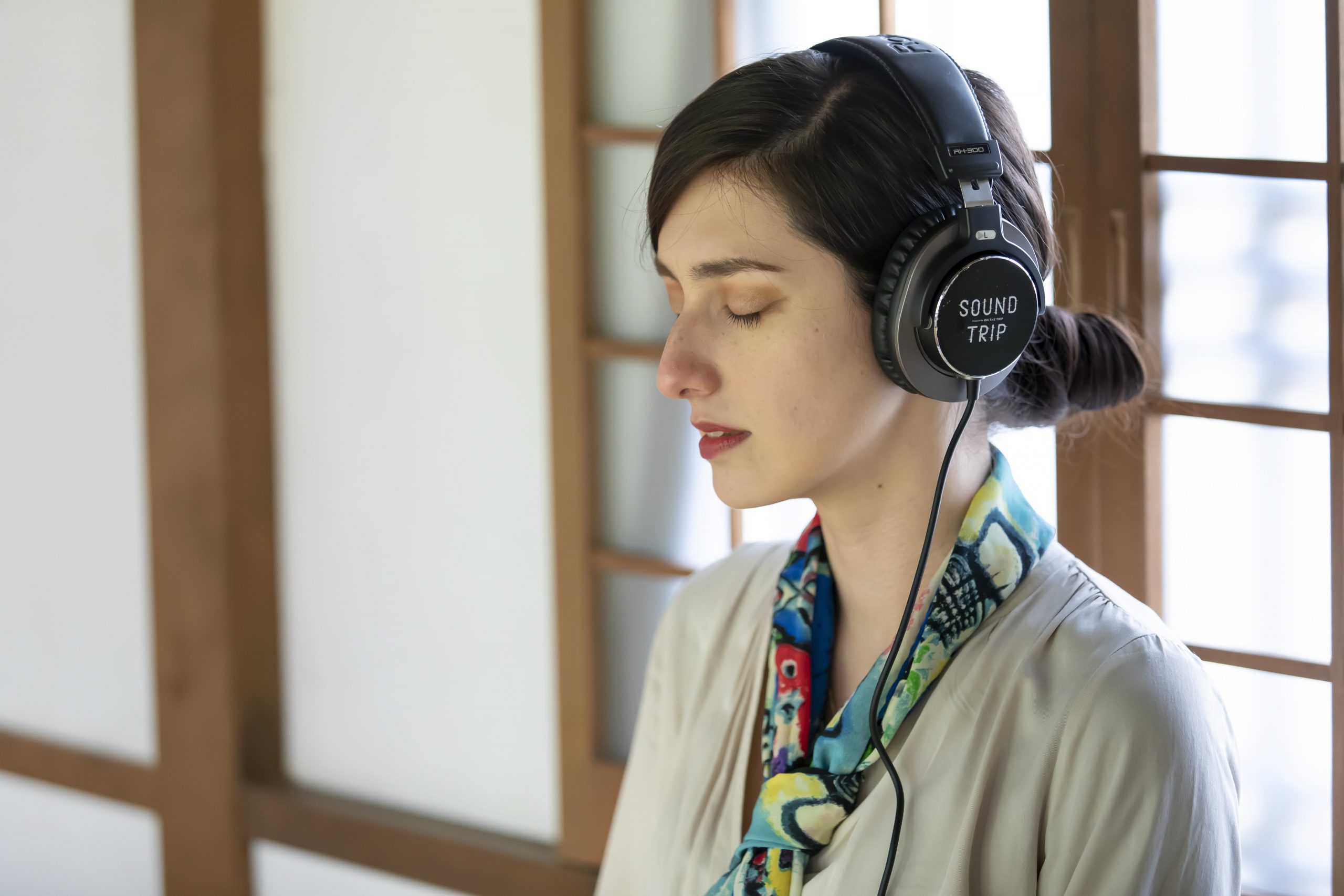
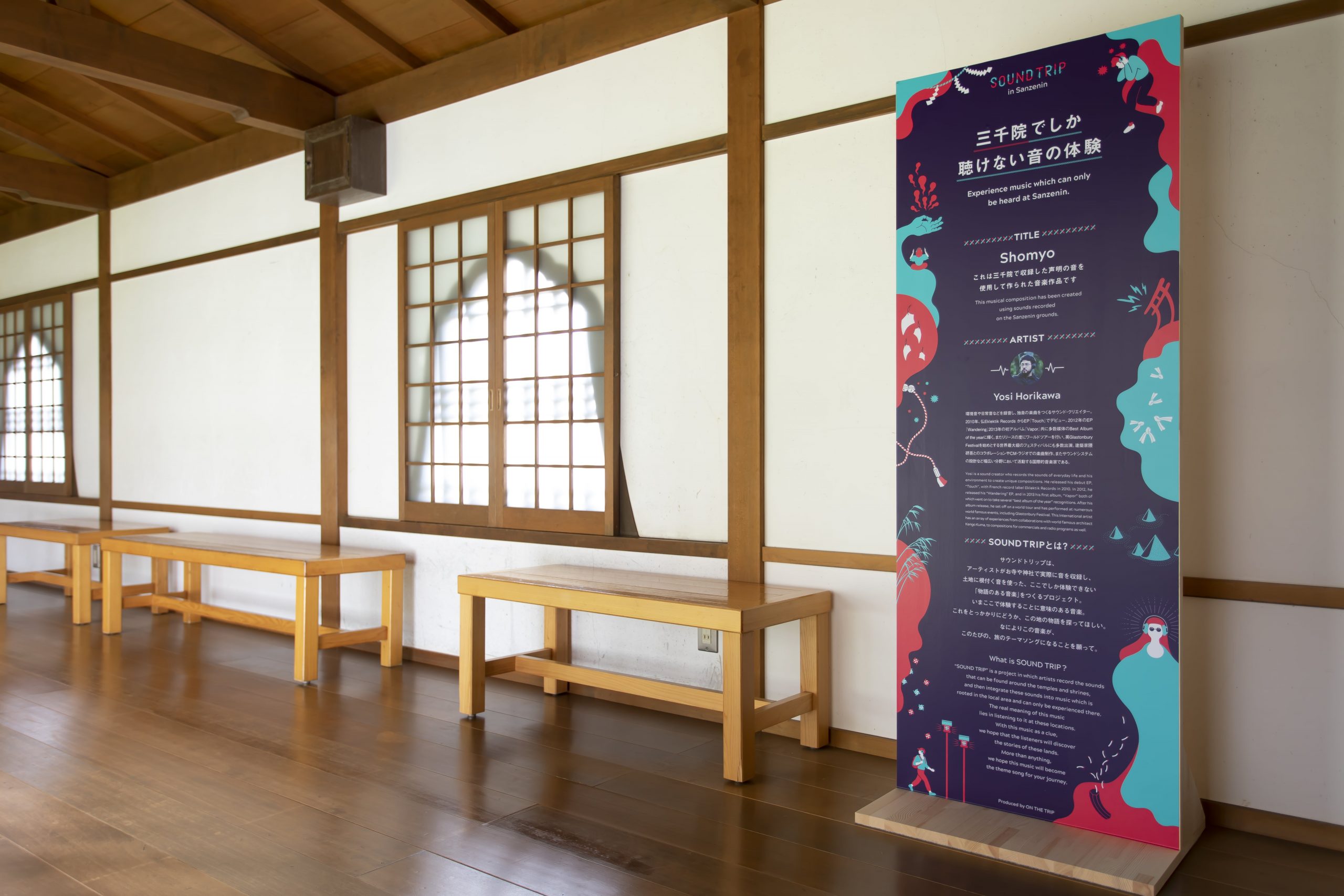
아티스트: 호리카와 요시
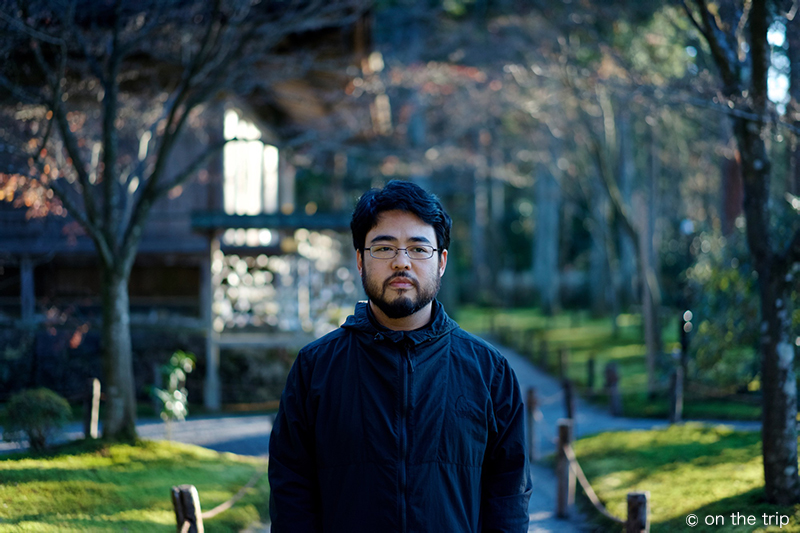
요시 호리카와는 주변 환경과 일상의 소리를 녹음하여 자신만의 독창적인 음악으로 승화시키는 사운드 크리에이터입니다. 그는 2010년 프랑스 레이블 에클렉틱 레코드(Eklektik Records)에서 EP <Touch>로 데뷔했습니다. 2012년 EP <Wandering>과 2013년 발매된 첫 앨범 <Vapor>는 여러 매체에서 올해의 베스트 앨범으로 선정되었습니다. 새로운 앨범을 발매할 때마다 전 세계를 순회하며 영국 글래스톤베리 페스티벌을 비롯한 세계 유수의 페스티벌에서 공연했습니다. 그는 건축가 쿠마 켄고와 협업하고, 라디오 및 광고 음악을 제작하고, 사운드 시스템을 설계하는 등 폭넓은 국제적 경력을 쌓아 왔습니다.
사운드 트립【2막】미부데라 절사운드 트립【3막】기후네 신사


